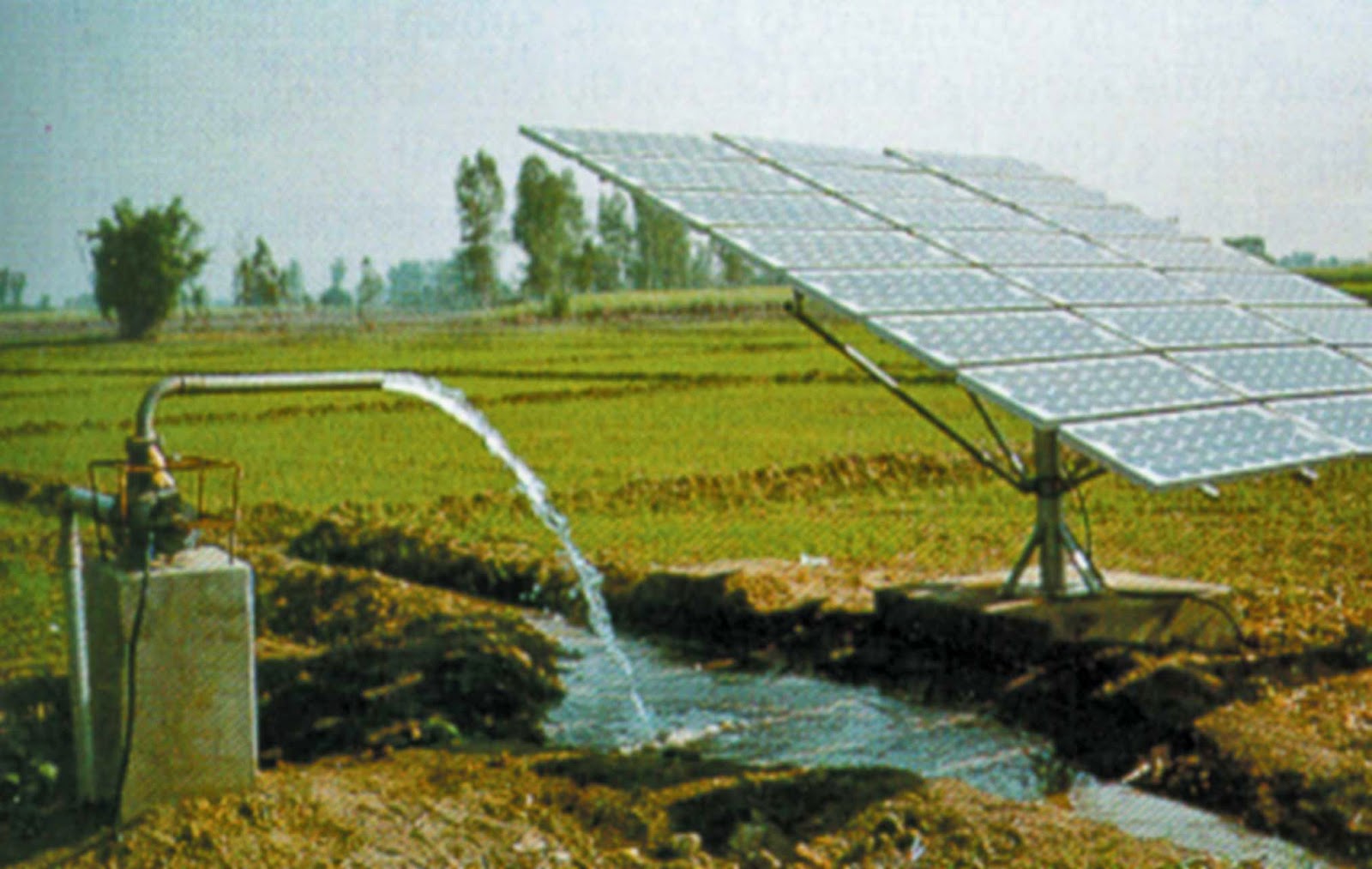A well is a small hole dug in the ground from which sub-soil water is taken out for irrigation and drinking purposes. An ordinary well is about 3 to 5 metres deep, but can reach up to a depth of 15 metres. It is a cheap, dependable and a popular source of irrigation in the country. It has been used in our country from time immemorial.
The water from the well is lifted by four methods.
a. lever method which is common in Bihar and Andhra Pradesh,
ADVERTISEMENTS:
b. inclined plane method, normally run by a pair of bullocks and is used in Uttar Pradesh,
c. Persian wheel method used in Punjab, Haryana and Rajasthan, and
d. power driven pumps, which can lift water from the depth beyond 15 metres.
ADVERTISEMENTS:
Well irrigation is widely practiced in those areas where sufficient sweet groundwater is available. Such areas are in Ganga Plain, the deltaic region of Mahanadi, Godavari, Krishna and Kaveri rivers, parts of Narmada and Tapi valleys and some parts of Deccan Trap. Greater part of peninsular India is unfit due to hard rocky structure and shortage of underground water. Brackish groundwater is also unfit for irrigation and human consumption.
There are more than one crore wells in India, irrigating more than 50 per cent of the net irrigated area in the country. Uttar Pradesh has the largest area under well irrigation. It is followed by Rajasthan, Madhya Pradesh, Punjab, Gujarat, Maharashtra and Bihar.
A tube well is generally more than 15 metres deep. The water is lifted with the help of a pumping set. The following factors favour the installation of a tube well.
1. There should be enough groundwater, as a tube well can irrigate about 2 hectares per day against 0.2 hectares by an ordinary well.
ADVERTISEMENTS:
2. The water level should be between 15 m and 50 m, otherwise the cost of lifting the water will be very high.
3. The power, i.e. diesel or electricity should be readily available, so that water can be taken out at the time of need.
4. The soil should be fertile and can produce enough to meet the cost of irrigation by a tube well.
Tube wells are, today, the most popular source of irrigation in India. The first tube well was sunk in 1930 in Uttar Pradesh. Today there are more than 50 lac tube wells operating in different parts of India. Uttar Pradesh has the largest number of tube wells in the country. Tube wells are generally popular with rich and medium farmers.
More than half of the net irrigated area is irrigated by wells and tube wells in the states of Bihar, Gujarat, Madhya Pradesh, Maharashtra, Punjab, Rajasthan, Haryana, Tamil Nadu and Uttar Pradesh. Well and tube well irrigation has contributed substantially for the success of Green Revolution in India.

